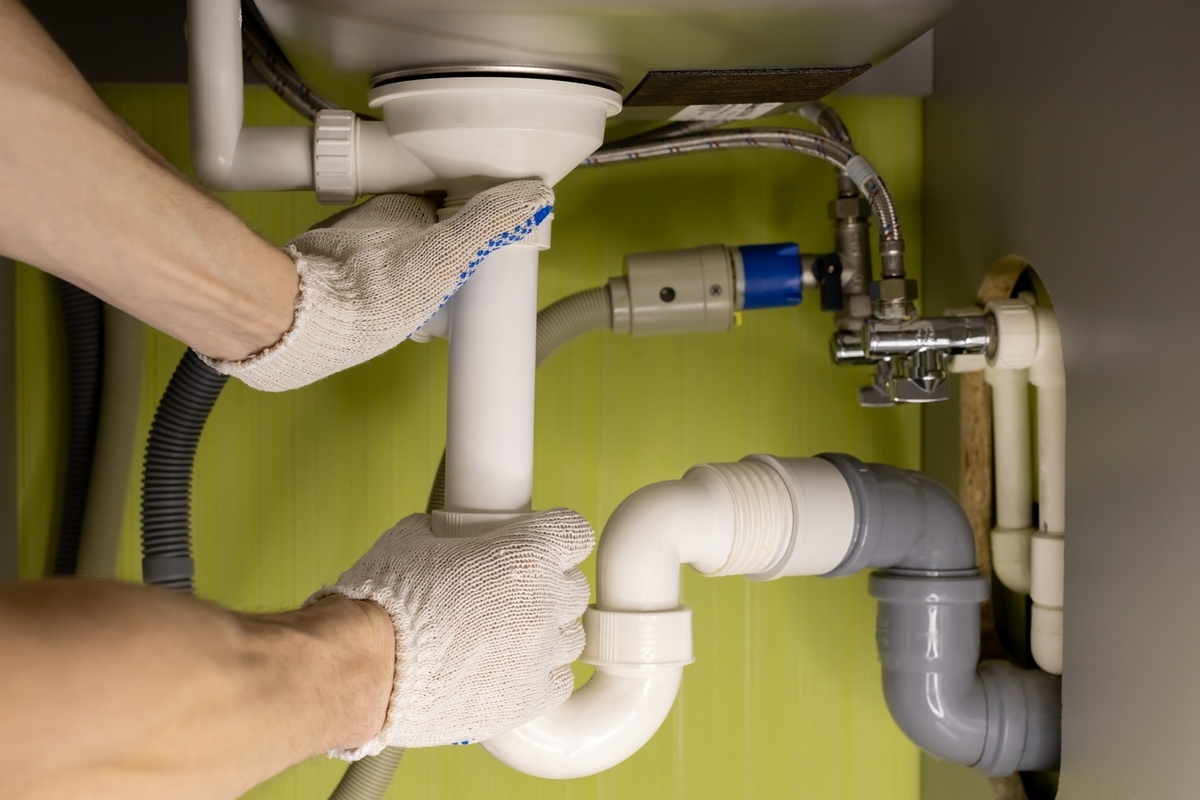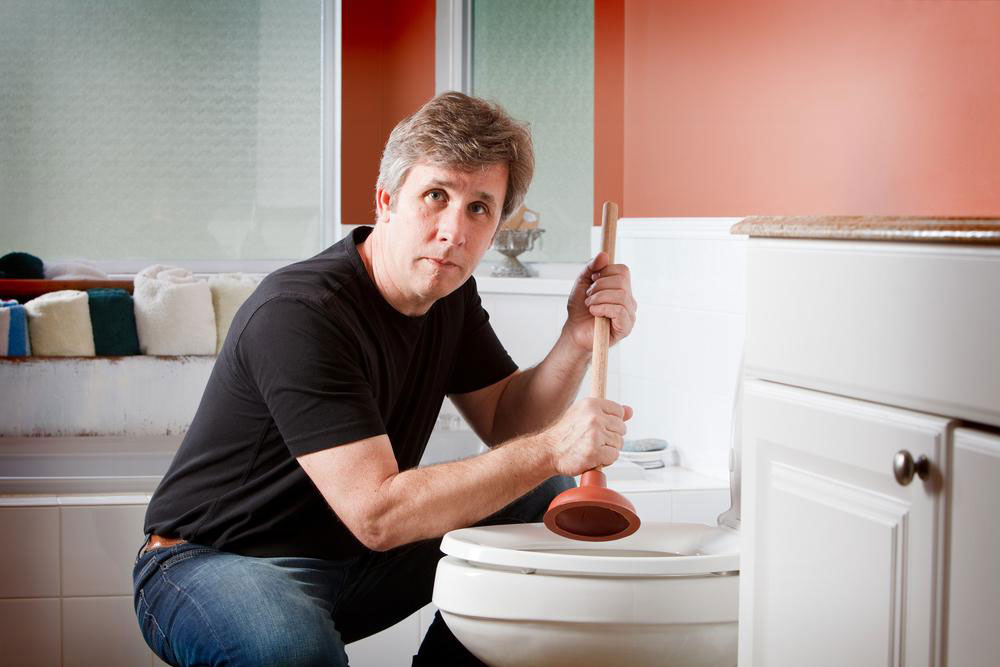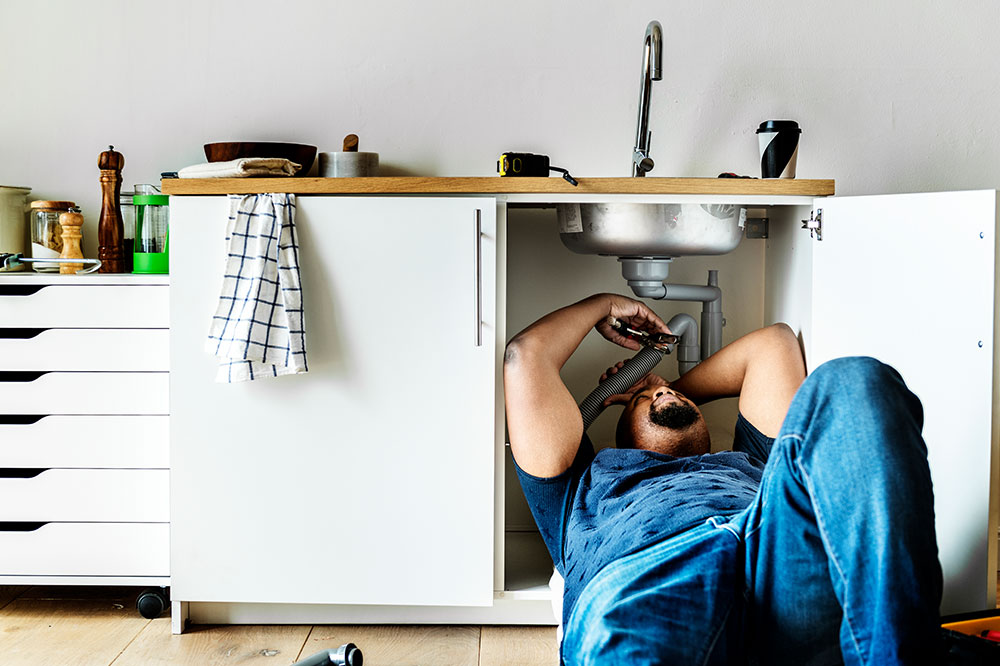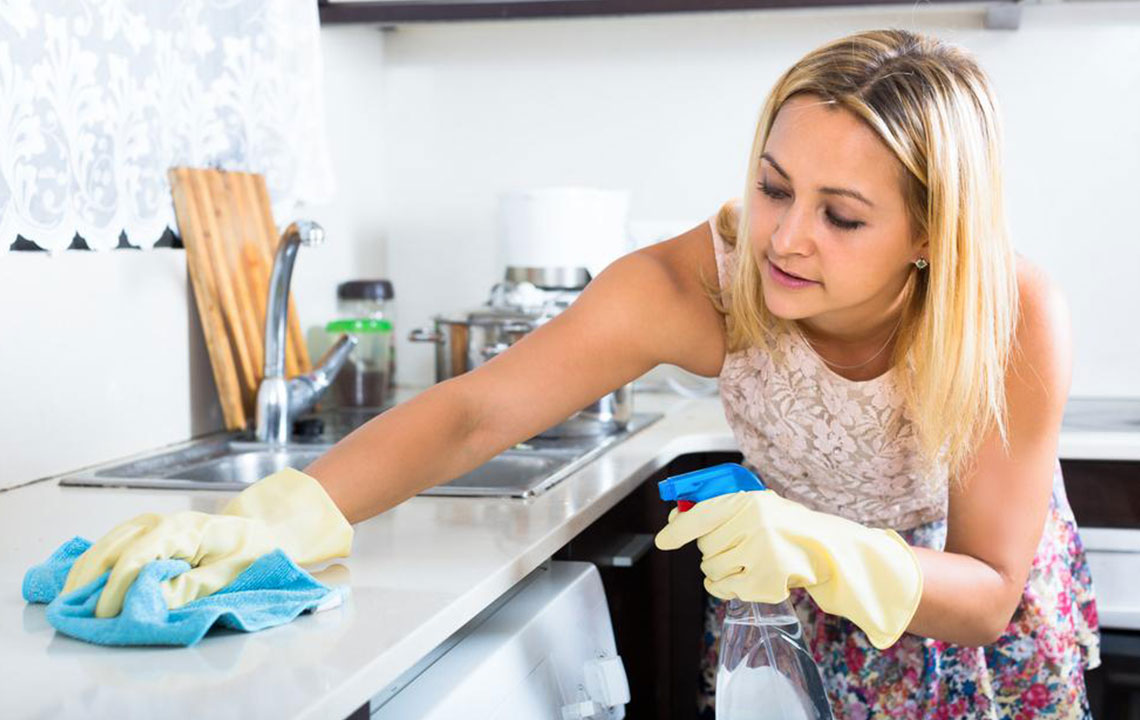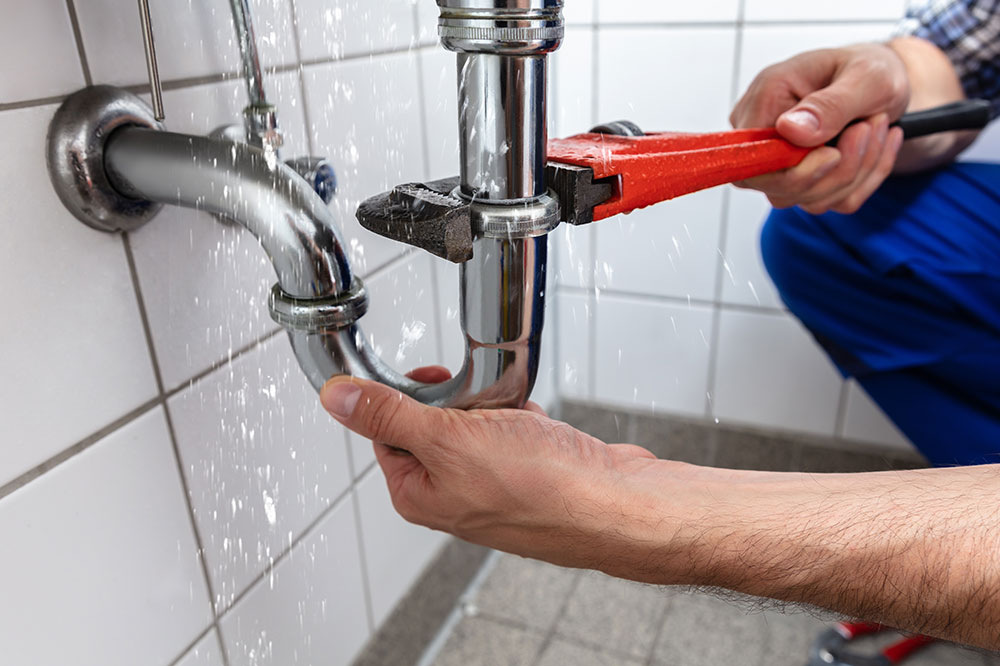Top Tips for Identifying and Fixing Common Drain Issues
Discover effective methods for detecting and fixing common drain problems. This guide covers symptoms like slow drainage, odors, and flooding, along with DIY solutions and the importance of professional services. Learn preventative tips to keep your plumbing in top shape and avoid costly repairs. Whether dealing with minor clogs or severe blockages, understanding these techniques helps maintain a healthy, functional drainage system and protects your home from water damage and pests.
Top Tips for Identifying and Fixing Common Drain Issues
If you detect unpleasant smells near your sinks or notice water lingering on your bathroom floor, these are signs that your drains might need attention. Drain problems can range from minor blockages to severe backups, so recognizing the root cause is essential to prevent costly damage. Regular maintenance can often resolve minor issues, while professional plumbing services may be needed for complex problems.
Typical Drain Problems
Many household drainage issues originate from improper disposal of food, grease, or waste. An efficient drainage system seldom slows down or clogs if maintained correctly.
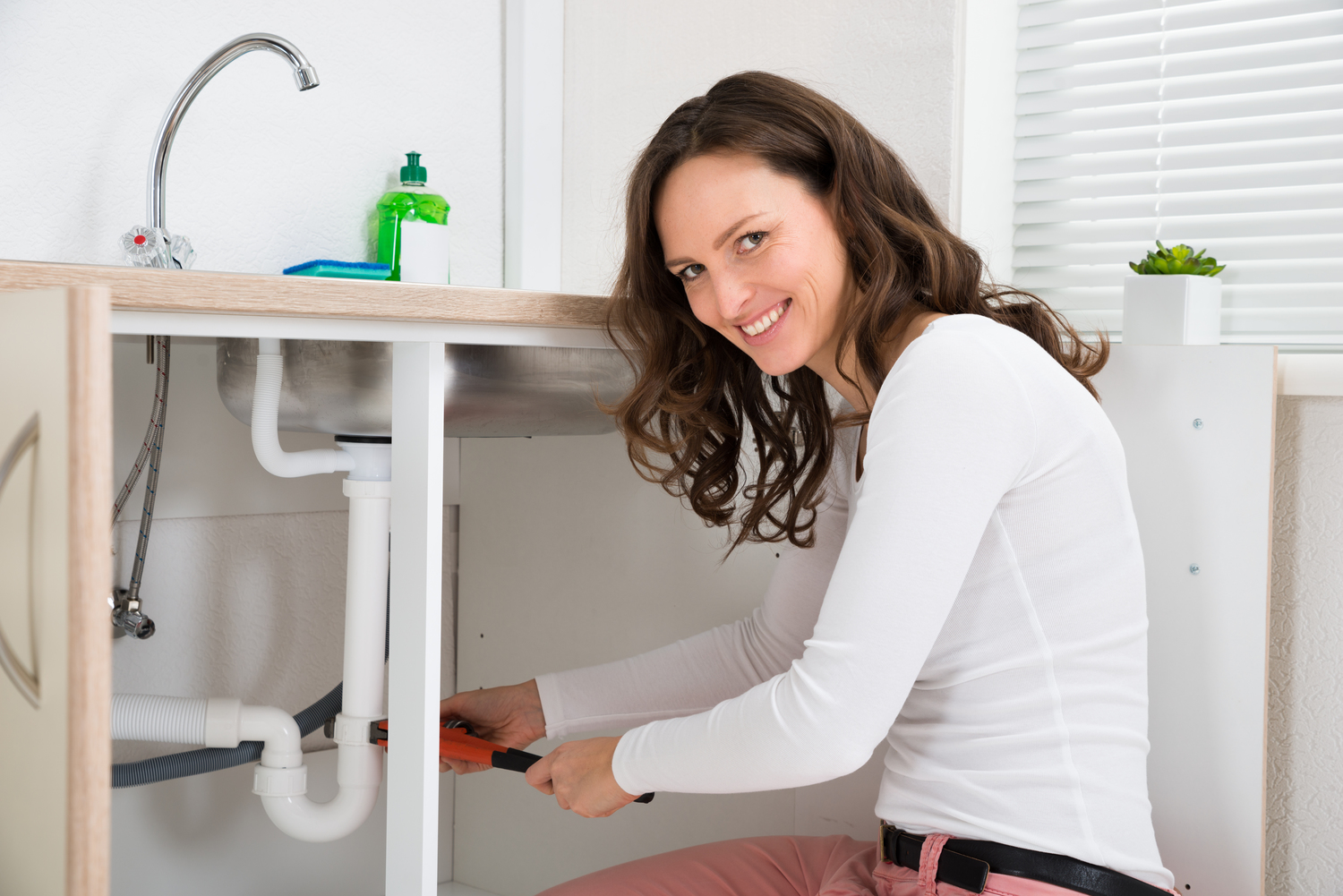
Common drain concerns include:
Slow Drainage: If water takes longer than usual to drain from sinks or tubs, it might be caused by minor blockages or pipe narrowing. Ignoring this can lead to bigger issues.
Frequent Clogs: Drains in areas like bathrooms may clog repeatedly due to grease, food particles, or debris. Persistent blockages often require professional removal, especially if plumbing problems are involved.
Unusual Noises: Gurgling sounds from drains often indicate restricted water flow, possibly due to damaged pipes.
Pungent Odors: Persistent foul smells suggest buildup inside the system, possibly attracting pests and requiring intervention.
Flooding: Backups leading to water overflowing or flooding in basements signal severe clogs needing quick action by experts to avoid property damage and health hazards.
Drain Cleaning Methods
While minor issues can often be tackled DIY, complex problems demand professional help. Here are some common approaches:
Natural DIY Solutions: Using vinegar and baking soda, salt and baking soda, or boiling water can sometimes clear minor blockages. Plungers are also effective for creating suction to dislodge clogs.
Chemical Cleaners: Chemical drain cleaners are available commercially for quick fixes. However, they can be corrosive, so professional guidance is advised when using such products.
Air Pressure Tools: High-pressure air or gases like carbon dioxide can effectively clear stubborn clogs without damaging pipes. This method is faster and safer than chemicals.
Hydro Jetting: The latest in drain cleaning, hydro jetting uses high-pressure water streams (around 35,000 PSI) to eliminate buildup and prevent future clogs.
Drain Snaking: Using a flexible auger or plumber’s snake inserted into the drain, this tool breaks apart or hooks onto blockages, making it a precise removal method.
Preventative practices such as installing drain guards, avoiding oil disposal down sinks, and flushing with hot water after dishes can significantly reduce clogging. For persistent issues, professional plumbing services provide thorough maintenance and long-term solutions, ensuring your drainage system remains functional and damage-free.
Note: Our blog offers a wide range of advice based on thorough research. While informative, articles should not be considered definitive. Always consult professionals for specific plumbing issues, and be aware that some tips or offers may vary or be unavailable in your area.

